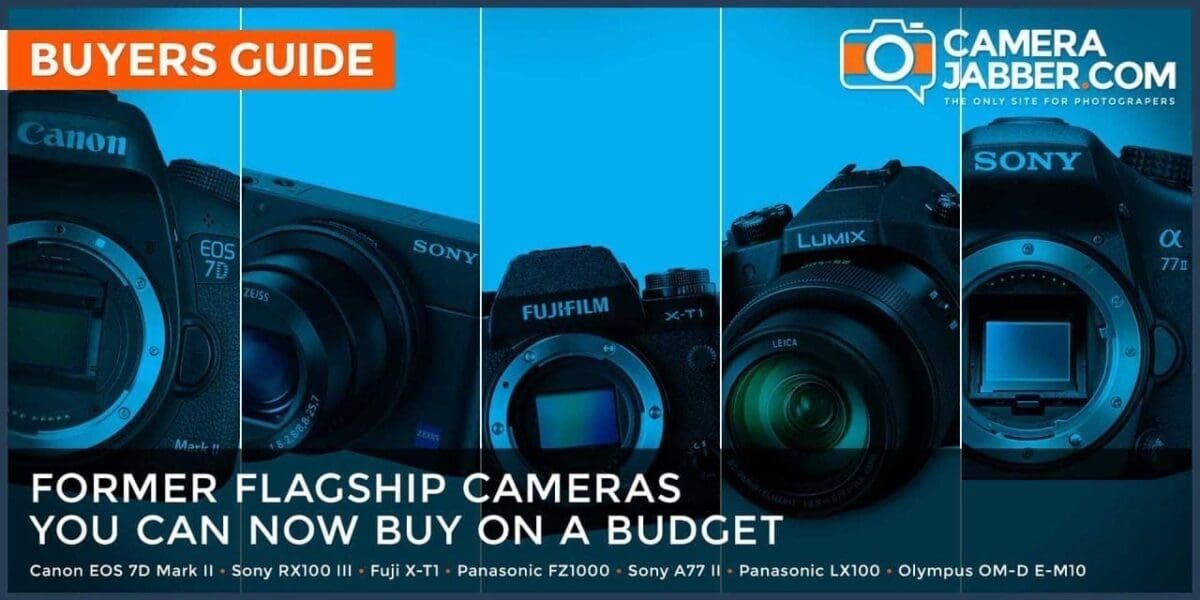When we talk about budget cameras, we know what we’re really talking about: good cameras from a few years ago. Let’s just get that right out in the open.
But here’s the thing manufacturers don’t want to tell you: their cameras from a few years ago are just as cutting edge.
Digital camera technology has come a long way in a short amount of time. If you were reading this in 2008, we’d come clean and say, Don’t bother. But that was then, and this is 2016.
Two years ago we were talking about cameras that produce 50-megapixel images like they were some item in the local Gazette.
Two years ago Sony was putting huge sensors in compact cameras. Nikon was innovating its flagship D4. And Canon launched a camera with burst modes that make a hummingbird look like a stork.
As time lurches on, more advanced features are squeezed into smaller bodies, SLRs and compact system cameras become increasingly sophisticated, all of which means that buying a camera from two years ago in no way means selling yourself short.
And this is great for photographers in search of a bargain. If you’re not bothered by having the newest model, you can get a camera with a whole lot of sophisticated technology for not a lot of money.
Below we’ve highlighted a handful of cameras that were at that the top of their class as recent as two years ago and, for the clever photographer, now offer bags of specification for half the cost of their successors.
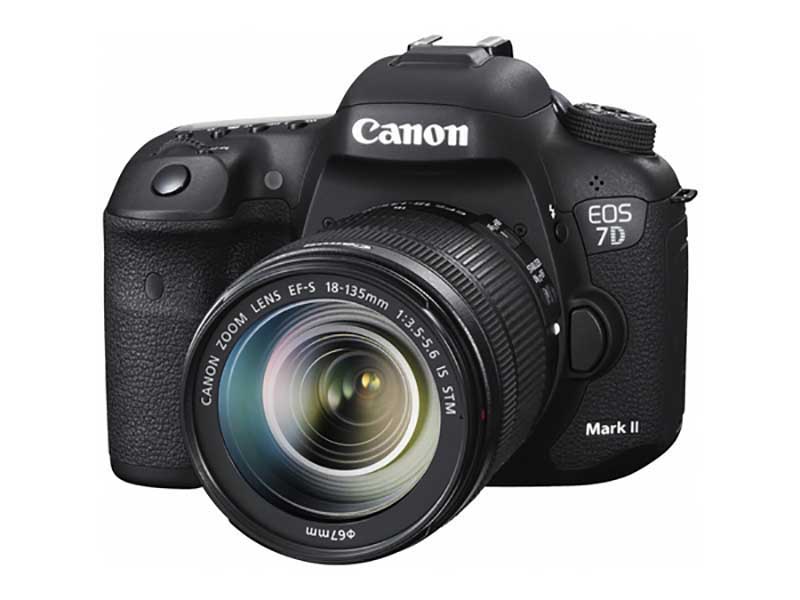
01 Canon EOS 7D Mark II
Launched some five years after the EOS 7D, the 7D Mark II was a long-awaited update for fans of this crop-sensor, high-speed shooter.
While the 7D Mark II offered just a modest increase in pixel count (up to 20.2 million), many reviwers at the time found its image quality just as good as its 24-megapixel rival, the Nikon D7100.
What’s more, the 7D Mark II controls noise very well and renders natural, vibrant colours thanks to a new metering system that Canon debuted in the Mark II.
It also boasts an excellent 65-point, customisable AF system designed for locking on to moving targets. What’s more, for sport, action and wildlife photographers, the 7D Mark II allows you to shoot at up to 10fps for 31 raw files or 1030 JPEGs.
Get the EOS 7D Mark II from £485
Get the EOS 7D Mark II from $702
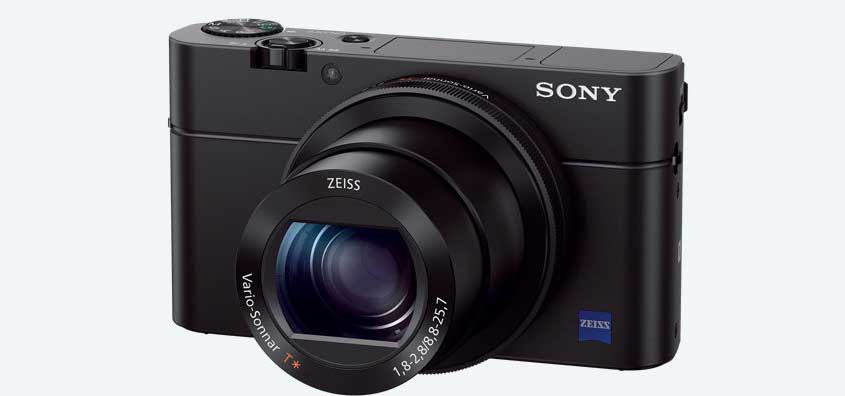
02 Sony RX100 III
Many believed mirrorless cameras would never catch on with consumers, and that seemed to be the case until Sony blew up the market in 2014 with a string of new cameras with big sensors and lofty ambitions.
It was two years ago that Sony announced its new line of RX premium compacts, which boasted a 1-inch type (13.2×8.8mm) image sensor.
We recently wrote a good summary of what the different camera sensor sizes mean, but in short, a 1-inch sensor is larger than the usual 1/2.3-inch (6.16×4.55mm) or 1/1.7-inch sensors you find in most small compact cameras.
What Sony did was retain the small, pocket portability of compact camera body design and incorporate a sensor that could resolve a whole lot more detail, making the RX100 III a highly desired go-everywhere camera and even a back-up to your DSLR.
But the 20.2-megapixel RX100 III stands apart from its siblings, the RX100 II and RX100, for one other reason: its viewfinder. Boasting a pop-up 1,440,000-dot OLED Tru-Finder, composing images in bright light is very easy with the RX100 III.
Quite frankly, the RX100 III’s viewfinder was one of the best EVFs we’ve seen, and two years later it’s aged very well.
Get the Sony RX100 III from £419
Get the Sony RX100 III from $406
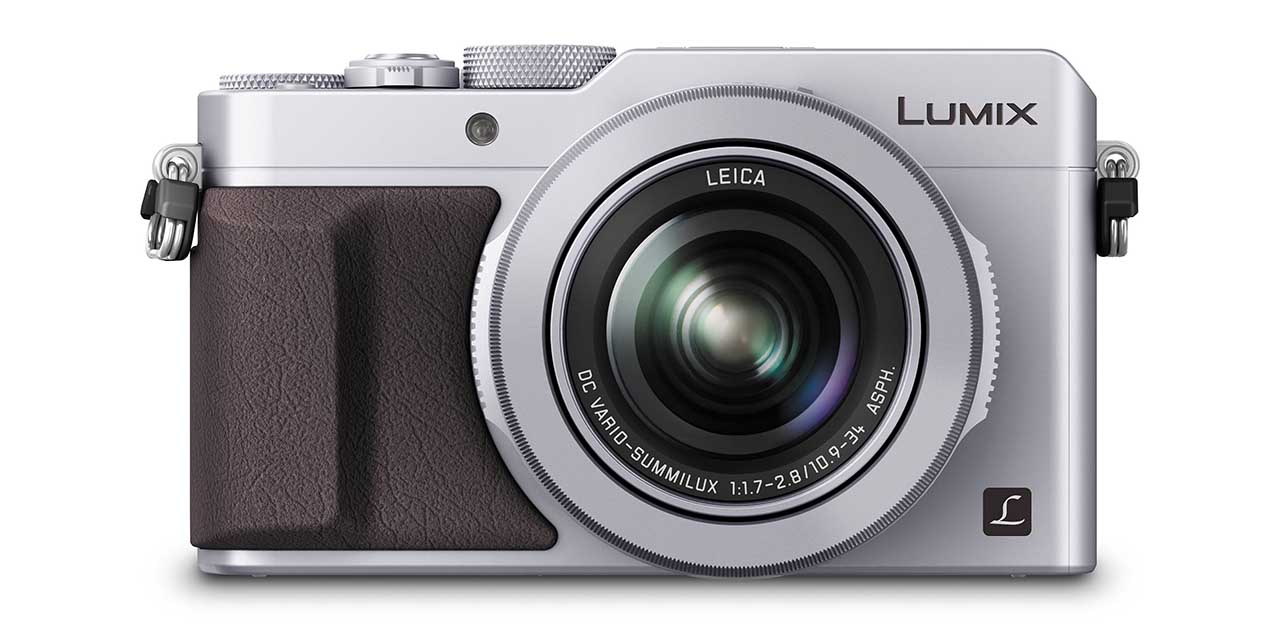
03 Panasonic LX100
Like the RX100 III, the Panasonic LX100 is yet another camera that challenges our perceptions of what a compact camera should be.
Boasting the very same Four Thirds sensor as its sibling, the Panasonic GX7, images are crisp and full of detail.
Yet, because it uses Panasonic’s Multi-Aspect Ratio technology the LX100’s images are never larger than 12.5 megapixels.
However, its large sensor and Leica DC Vario Summilux 24-75mm (equivalent) f/1.7-2.8 lens together help to boost image quality to levels you’d never expect to see in a compact camera.
And as is Panasonic’s hallmark, the LX100 boasts high-quality body design with retro exposure controls, as well as an aperture ring. The LX100 is a pleasure to shoot with.
Get the Panasonic LX100 from £349
Get the Panasonic LX100 from $580
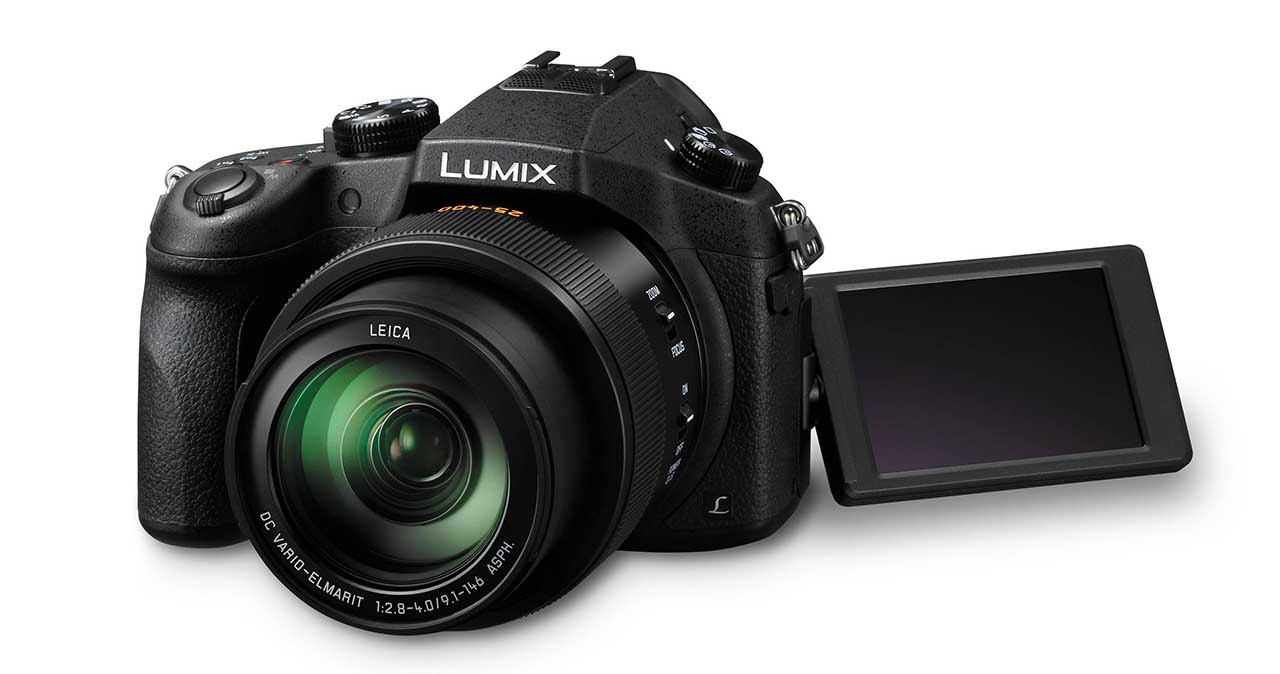
04 Panasonic FZ1000
Panasonic recently launched the Lumix FZ2000 which, in our early hands-on with the camera, looks to be revelation in the bridge camera market.
But prior to the FZ2000 its sibling, the FZ1000 ruled the roost for some time.
Many photographers like the feel and control of an SLR but don’t want the hassle (or cost!) of interchangeable lenses. If this sounds like you, then a bridge camera is probably the best option for you.
And the Panasonic FZ1000 is probably the best bridge camera we’ve ever used.
Along with a user-friendly design and button layout, the FZ1000 employs a 1-inch type 20.1-megapixel sensor that resolves plenty of detail. Coupled with a 16x zoom lens offering up a focal length equivalent to 25-400mm and a maximum aperture range of f/2.8 (wide)-f/4 (tele), the FZ1000 is a powerhouse!
And when you consider that it also adds 4K video recording, a vari-angle LCD screen, Wi-Fi connectivity and a 2,359,000-dot OLED electronic viewfinder to its spec sheet, this really is one of the best bargains on this list.
Get the Panasonic FZ1000 from £278
Get the Panasonic FZ1000 for $515
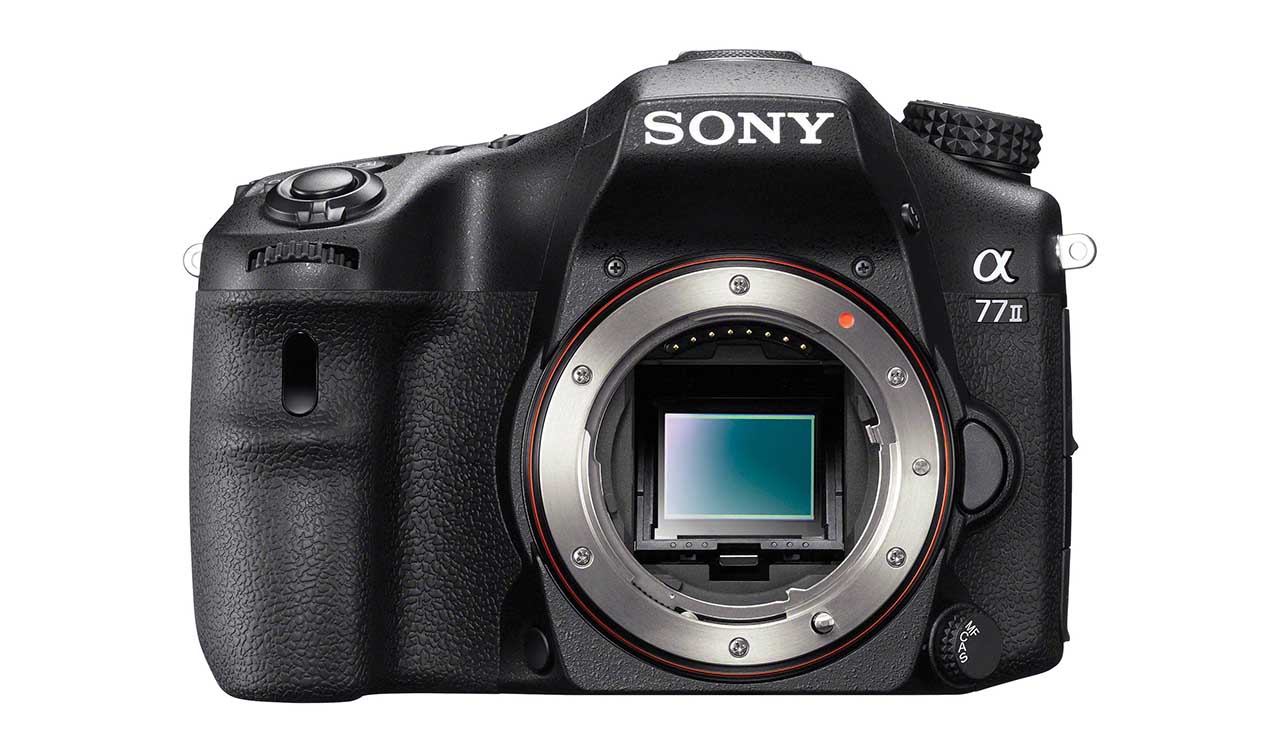
05 Sony Alpha 77 II
For years Sony developed its NEX line of compact system cameras with mixed reviews. Then Sony abruptly ended its NEX line and upended the whole market by announcing its new Alpha 7 range of full-frame mirrorless cameras.
To say the Sony Alpha 7, 7R and 7S cameras completely changed the perception of mirrorless cameras is an understatement.
Image and video quality was so good that many pro photographers begain swapping over and, more importantly, people finally started to see what mirrorless cameras were capable of achieving.
However, as innovative as these were, you could argue that Sony launched its most interesting camera of 2014 later that year.
Just when many Sony users were wondering if the company would ever launch another A-mount SLT (single lens translucent) camera, Sony unveiled the Alpha 77 Mark II.
Like the original Alpha 77 it replaced, the A77 II offers a 24-megapixel sensor, but interestingly Sony developed a new device that handles noise better than its predecessor.
And there is the A77 Mark II’s autofocus system. Boasting 79 autofocus points, with 15 cross-type points, and the A77 Mark II can shoot with AF tracking at 12 frames per second for up to 25 raw and JPEG files. Which is remarkable.
Get the Sony A77 II from £455
Get the Sony A77 II from $450
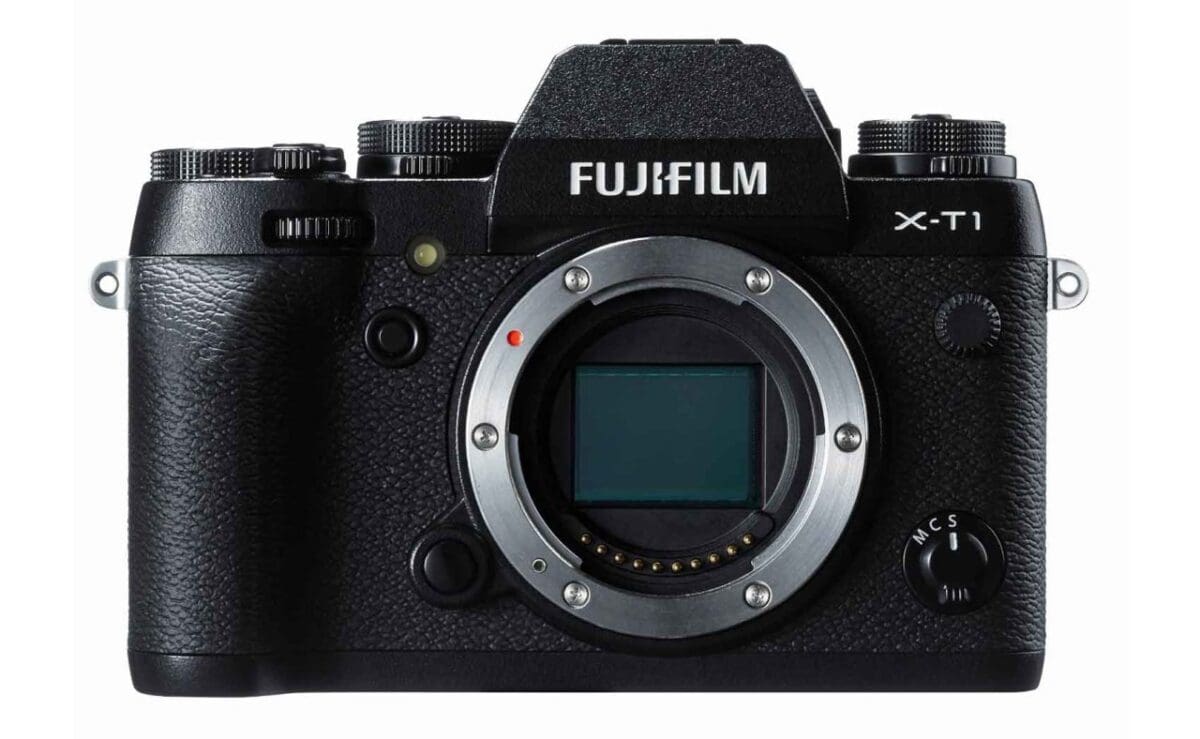
06 Fujifilm X-T1
Confession time: this is my favourite camera on this list. Fuji’s APS-C format X-T1 will make you question the relevance of full-frame sensors, and that is not hyperbole.
For a start, the X-T1’s 16-million-pixel count is the same as many of the other full-frame cameras launched by the likes of Nikon that same year.
But it’s also worth noting that Fuji’s combination of the X-Trans CMOS II sensor and EXR Processor managed to out-resolve many other popular full-frame cameras in lab tests at the time.
Fuji has since replaced the X-T1 with the X-T2 – you can read our Fuji X-T2 review right here – and you’ll fall in love with this camera too (but at a much higher price!).
If you ask other photographers, it was perhaps the Sony Alpha 7 series and the Fuji X-T1 that were the first mirrorless cameras that made DSLR owners think twice about their next purchase.
Get the Fuji X-T1 from £538
Get the Fuji X-T1 from $599
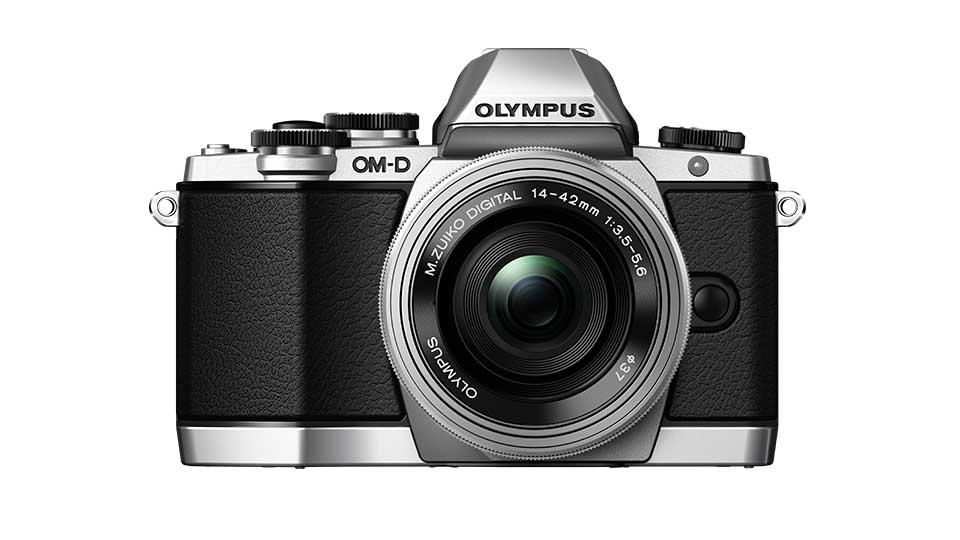
07 Olympus OM-D E-M10
Olympus’s OM-D E-M10 is small and impeccably designed, with numerous physical controls, as well as a touch-screen and a high-quality electronic viewfinder.
One of the things I love about this camera is the level of control it affords; you can thoroughly customise the E-M10’s controls so that it pretty much behaves exactly how you want it to – almost like a service droid!
Olympus also debuted its fantastic Live Bulb technology with the 16-megapixel E-M10, which allows photographers to view their long exposures in real time as they build up on the LCD screen (or a Wi-Fi connected smartphone) while the shutter is still open.
Get the Olympus OM-D E-M10 from £370
Get the Olympus OM-D E-M10 from $449
READ MORE
Best cheap cameras that are actually pretty awesome
Best mirrorless cameras in the world
